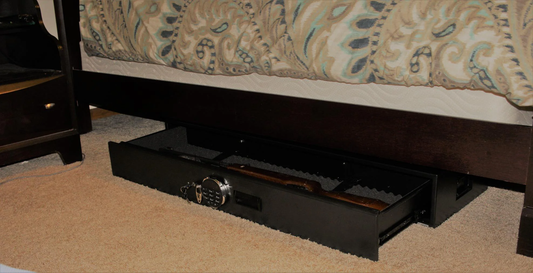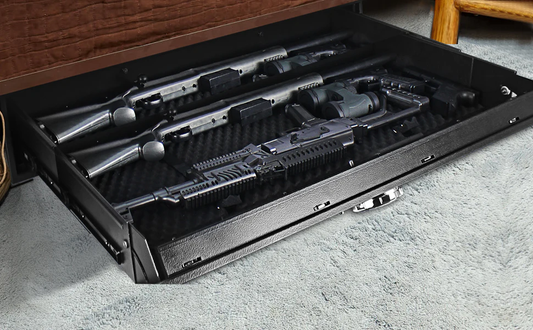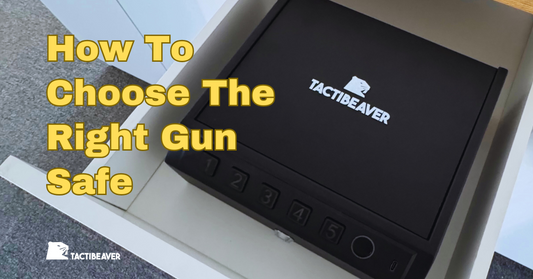To effectively clean your firearm, you'll need a comprehensive kit with several key components. Let's break down the essentials:
Cleaning Rods and Bore Snakes
Cleaning rods and bore snakes are the workhorses of your cleaning kit, designed to reach deep into the barrel of your firearm.
A quality cleaning rod should be made of a durable, non-marring material like coated steel or carbon fiber. This ensures you can apply the necessary pressure to remove stubborn fouling without risking damage to your barrel. Cleaning rods are versatile tools that allow you to push patches and brushes through the barrel for thorough cleaning.
Bore snakes, on the other hand, offer a quick and convenient way to give your barrel a once-over after a day at the range. They're particularly useful for field cleaning or when you need to perform a quick maintenance check.
Brushes and Jags
Brushes and jags are essential attachments that connect to your cleaning rod and do the actual scrubbing work.
Brushes come in various materials like bronze and nylon, each suited for different cleaning tasks. Bronze brushes are excellent for removing tough copper and lead fouling, while nylon brushes are gentler and ideal for regular maintenance. It's important to have brushes sized correctly for your firearm's caliber to ensure effective cleaning.
Jags are used to hold cleaning patches and push them through the barrel, picking up residue along the way. They come in different sizes to match various calibers and ensure a snug fit for your cleaning patches.
Cleaning Solutions and Solvents
Cleaning solutions and solvents are crucial for dissolving and removing the buildup of carbon, copper, and lead deposits that accumulate in your firearm after use.
When choosing a solvent, look for ones that are effective but also safe for your firearm's materials. Some solvents are designed for specific types of fouling, while others are more general-purpose. It's often beneficial to have a couple of different solvents in your kit to tackle various cleaning challenges. Always follow the manufacturer's instructions and use these products in a well-ventilated area.
Lubricants and Protectants
Lubricants and protectants play a vital role in maintaining your firearm's performance and longevity. Lubricants reduce friction between moving parts, ensuring smooth operation and preventing wear. Protectants form a barrier on metal surfaces, guarding against rust and corrosion.
The key here is to choose products with the right viscosity for your specific firearm and that offer long-lasting protection. Some products combine lubrication and protection, while others are specialized for specific applications. Consider the environment and conditions in which you typically use your firearm when selecting these products.
Patches and Cloths
Don't overlook the importance of quality patches and cleaning cloths. These simple items are essential for applying solvents, wiping down surfaces, and ensuring a thorough clean. Patches are used with jags or patch holders to clean the bore of your firearm, while cloths are ideal for external cleaning and final wipe-downs. Opt for lint-free materials to avoid leaving behind fibers that could affect your firearm's performance. Having a variety of sizes on hand will allow you to tackle different parts of your firearm effectively.
Specialized Tools for Different Firearms
While many cleaning tools are universal, certain firearms require specialized equipment:






